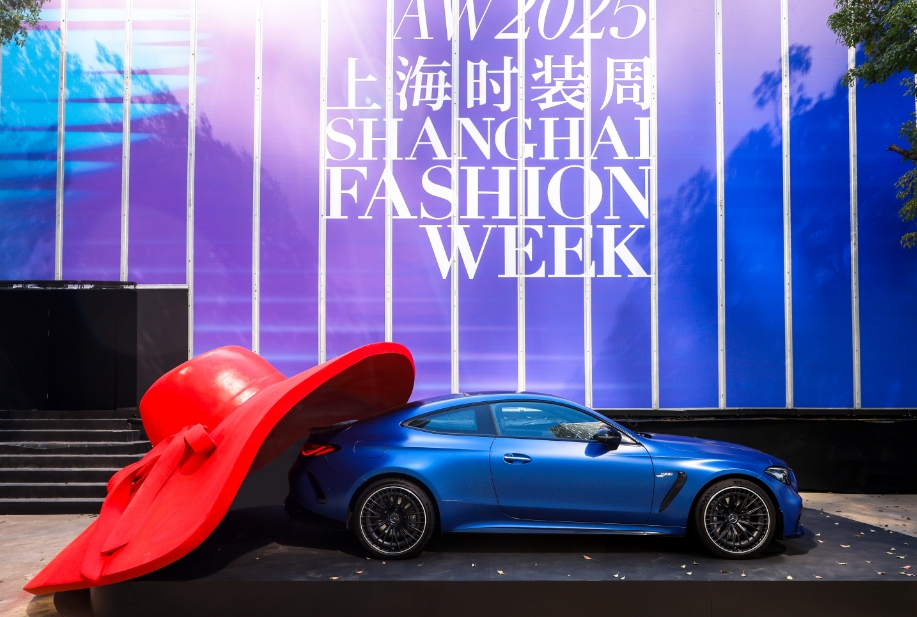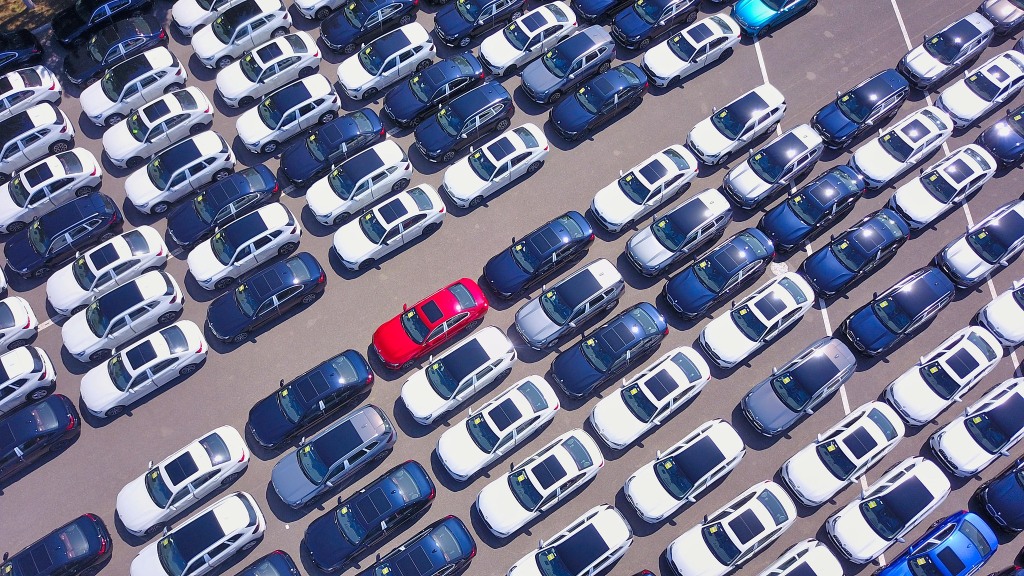
When the Mercedes-Benz China Research and Development Technology Center (TCC) located in Yizhuang, Beijing, was opened to the media for the first time, the automotive engineers known as the "golden butts" and "golden ears" within Mercedes-Benz "leaked" some secrets of making a Mercedes-Benz drive like a Mercedes-Benz.
In 2021, Mercedes-Benz TCC was put into use. Its total construction area is approximately 55,000 square meters. The test building is equipped with electric drive test laboratories, charging test laboratories, volatile organic compound (VOC) test laboratories, chassis test laboratories, noise vibration and harshness (NVH) test laboratories, engine test laboratories and environmental test laboratories.

The 2024 Mercedes-Benz Pure Electric Technology Day event was held here a few days ago. This is also the first time that several laboratories have been opened to the media after TCC was put into use.
Generally speaking, most of the laboratories here are responsible for solving automobile comfort issues.
Many people believe that problems such as NVH in the car are invisible and intangible, because the subjective feeling is so strong that it is like metaphysics.
But in the eyes of Mercedes-Benz automotive engineers, this is not metaphysics but science.
Double glazing cannot block low frequency noise
For example, spending 100 years researching NVH is something that Mercedes-Benz can do. Compared to simply piling up hardware, Mercedes-Benz's NVH pursues a more balanced science.
In the NVH laboratory, Mercedes-Benz engineers holding "Psychoacoustics: Facts and Models" shared with us some misunderstandings about noise, such as that the psychological perception of quietness is more important than the physiological quietness.
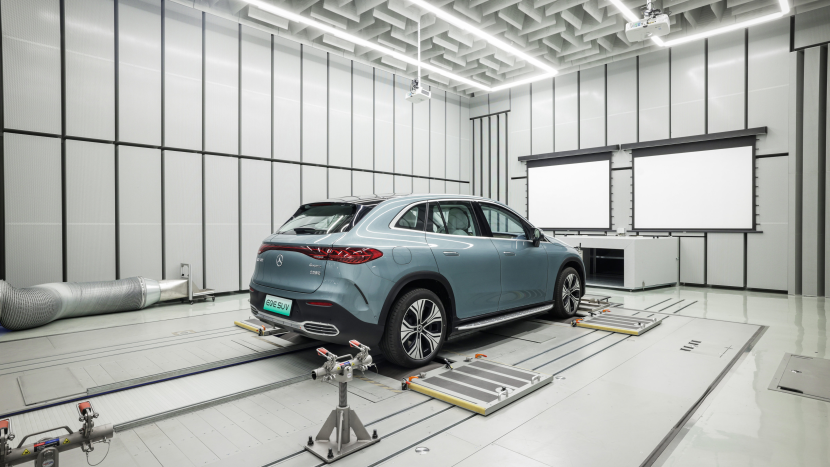
NVH Laboratory
In other words, the lower the decibel level in the car, it does not mean that the NVH is better. If the sound insulation of the front row of the vehicle is very good, but the sound insulation of the back row is relatively poor, the driver will always feel that there is noise coming from the back of the car when driving. Instead of this, it is better to put some sound insulation measures in the front row in the back row, or appropriately reduce the sound insulation performance of the front row, and keep the back row unchanged, to ensure that the noise in the front and back rows is more balanced, so that the subjective feeling is better and psychologically it will feel quieter.
Some people believe that the use of double-layer glass indicates excellent NVH, but in fact, VSG acoustic glass can only improve the high-frequency wind noise coming from the windows, but cannot change the low-frequency noise generated by the body and chassis structure.
For Mercedes-Benz, the balanced noise of the whole vehicle is more important than simply reducing the decibel value. Take the EQE pure electric SUV as an example. It is not only equipped with noise reduction hardware such as VSG acoustic glass and vehicle acoustic package, but also pays more attention to noise balance adjustment. Moreover, because low-frequency noise is mainly generated by the body and chassis structure, it is difficult to improve later.
Therefore, at Mercedes-Benz, "low-frequency noise and vibration must be thoroughly resolved in the design and development stage" and simulation verification is "time that cannot be saved". Mercedes-Benz will conduct sufficient simulation verification in the early stages of vehicle development to iterate the body and chassis design and effectively suppress the low-frequency noise of the entire vehicle.
It is reported that the EQE pure electric SUV not only has complete NVH objective evaluation standards, but also has experienced engineers using their "golden ears" to give subjective evaluations. The powerful combination creates NVH performance that meets Mercedes-Benz standards.
Chassis that is too soft can easily cause motion sickness
In the chassis test room, engineers introduced that based on more than 130 years of accumulation, Mercedes-Benz has summarized the "Mercedes
Mercedes-Benz Driving Character is a set of chassis system standards covering five dimensions: driving comfort, safety, driving confidence, sportiness, and precision. It can quantify human subjective perception into more than 130 objective KPI data and measure them through 40 sensors covering more than 100 directions.
Based on the objective evaluation, chassis engineers, known as the "Popometer", conduct a comprehensive subjective evaluation. They can keenly perceive vibrations in all directions, frequencies, and amplitudes, and can accurately and quickly detect vehicle chassis problems.
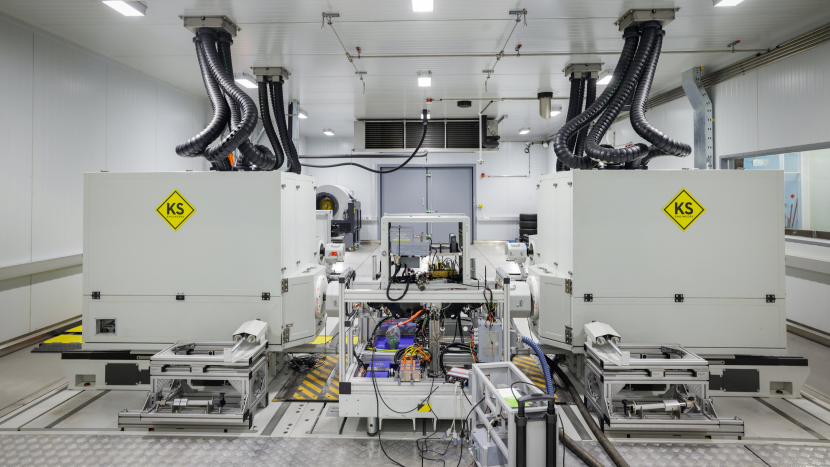
Chassis test room
Mercedes-Benz's suspension is not simply soft. Being simply soft will lead to a loss of road feel, causing a mismatch in passengers' senses and easily causing motion sickness. For different road stimuli, being soft when it should be soft and hard when it should be hard is the secret to a comfortable ride.
Mercedes-Benz pursues a balanced chassis and uses the high standards of a "pentagonal warrior" to make every Mercedes-Benz drive like a Mercedes-Benz.
It is reported that during the development process of Mercedes-Benz's new cars, they need to undergo 2,000 kilometers of wilderness endurance running to verify the stability of the chassis; Mercedes-Benz's electric vehicles must complete up to about 5 million kilometers of vehicle testing before they can be launched on the market, which is equivalent to 6.5 round trips to the moon.
Mercedes-Benz standards make the model year more like a facelift
The implementation of Mercedes-Benz's various R&D standards is reflected everywhere in the EQE, Mercedes-Benz's first domestically produced luxury pure electric SUV developed based on the EVA pure electric platform.
Taking the EQE pure electric SUV chassis to be launched in 2024 as an example, its comfort suspension combines tuning with an agile control system with adjustable shock absorption to achieve adjustable softness and hardness; the newly added AIRMATIC air suspension can also raise the body by up to an additional 25 mm, creating a benchmark-class chassis that is leading in its class.
Under Mercedes-Benz standards, the EQE pure electric SUV has been comprehensively upgraded in terms of power and configuration, and this year's model is more like a facelift.
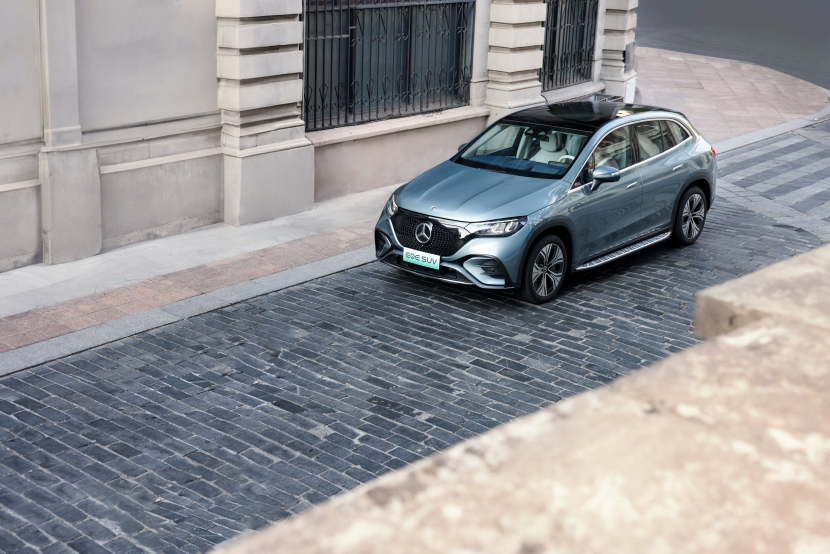
EQE pure electric SUV to be facelifted in 2024
It integrates the enhanced version of ADS+ adaptive continuously adjustable vibration reduction, which can independently adjust the compression and recovery damping of each wheel, with a maximum of 10 degrees of active rear-wheel steering in both directions and a minimum turning diameter of 10.5 meters. The new car is equipped with a 300-kilowatt power output as standard, an acceleration of 5.1 seconds from 0 to 100 kilometers, more powerful, and a zero-to-hundred acceleration of 5.1 seconds from 10% to 100% of the power. At the same time, 5G communication technology and 3 years of free unlimited traffic have been added; a new UWB digital key has been added, and the vehicle can be unlocked and started using a smartphone or smartwatch; the whole series is equipped with a four-wheel drive disconnect device as standard, which can complete the connection and disconnection of the front motor and the half-axle within 240 milliseconds, and increase the cruising range by up to 6%; a new green gravel silver paint has also been added to provide a more personalized choice.
Facing the outside world's ridicule that "buying a Mercedes means buying a logo", Mercedes-Benz engineers have repeatedly explained to everyone the Mercedes-Benz standards that have lasted for a hundred years, and this is also the key reason why Mercedes-Benz is Mercedes-Benz.
